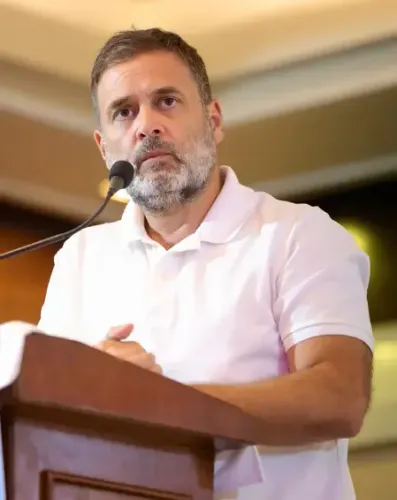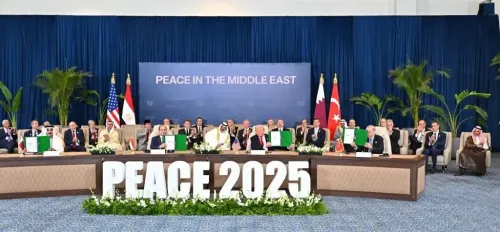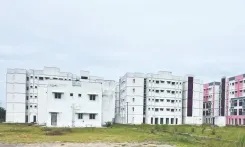How Does PM Gati Shakti Serve as a Cornerstone for ‘Viksit Bharat’?

Synopsis
Key Takeaways
- PM Gati Shakti is vital for India's infrastructure growth.
- It integrates multiple sectors for enhanced efficiency.
- Logistics costs have significantly decreased.
- All states/UTs and numerous ministries are now involved.
- India's rank in logistics performance is improving.
New Delhi, Oct 13 (NationPress) Commerce and Industry Minister Piyush Goyal on Monday praised the four-year milestone of the PM Gati Shakti National Master Plan (NMP), asserting that it serves as a foundational pillar in the quest for ‘Viksit Bharat’ by 2047.
While commemorating the PM Gati Shakti for multi-modal connectivity, initiated by Prime Minister Narendra Modi on October 13, 2021, and reaching its four-year mark, the minister noted that the initiative has significantly cut logistics expenses and improved service delivery.
“Celebrating 4 years of PM Gati Shakti, a transformative initiative by PM Modi, which has revolutionized India's infrastructure planning through a 'Whole-of-Government' strategy,” Goyal remarked on X.
By uniting ministries, states/UTs, and sectors on a single digital platform, it has infused speed, synergy, and sustainability into project execution.
The results are evident in quicker project completions, reduced logistics costs, and enhanced services reaching every region of the nation.
“By facilitating seamless connectivity and logistics efficiency, PM Gati Shakti is a key element in our path towards a Viksit Bharat,” the minister emphasized.
A total of fifty-eight ministries/departments and all 36 states/UTs are now integrated, with their data layers connected and equipped with dedicated geospatial planning portals.
The PM Gati Shakti initiative has effectively established the foundation for seamless, multi-modal connectivity, propelling economic growth. It has redefined India’s approach to planning and executing large-scale infrastructure projects.
India's logistics costs have decreased to between 7.8-8.9 percent of GDP, significantly lower than earlier estimates of 13-14 percent, as per studies conducted by the National Council of Applied Economic Research (NCAER), showcasing the effectiveness of the PM Gati Shakti National Master Plan for infrastructure advancement.
A recent report titled 'Gati Se Pragati' indicates that the nation's logistics costs still exceed global standards of 6-8 percent observed in developed countries.
This positions India advantageously for achieving world-class logistics efficiency through coordinated infrastructure development.
Simultaneously, India's rank in the World Bank’s Logistics Performance Index has improved from 44th to 38th in 2023, reflecting positive progress, though the report highlights that there is ample potential for further growth.







